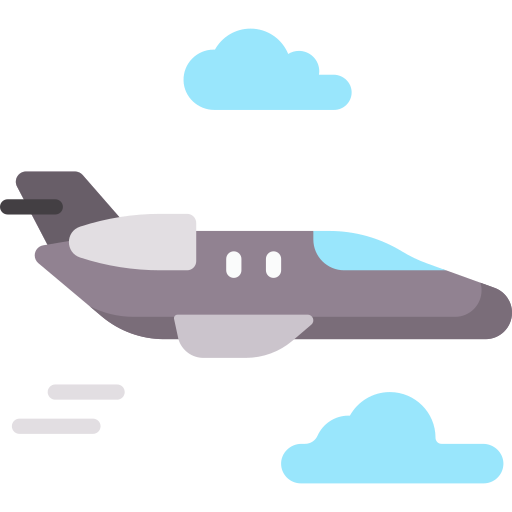Pilot’s Perspective: Flying the Top Business Jets
In the rapidly evolving landscape of aviation, business jets have become synonymous with efficiency, luxury, and flexibility. For pilots in this domain, flying a business jet encompasses unique challenges and rewards. Understanding the nuances of operating these aircraft not only informs best practices but also enhances the overall experience for both pilot and passengers.
Understanding Business Jets
Business jets, also known as corporate jets, are specifically designed for transporting individuals or groups for business purposes. These aircraft range from small jets that can accommodate 4-6 passengers to larger ones capable of seating up to 18 or more. Popular models include the Bombardier Global series, Gulfstream G series, Embraer Phenom, and the Dassault Falcon series. Each aircraft varies in terms of range, speed, and features, tailored to meet different operational needs.
Key Characteristics of Top Business Jets
The selection of a business jet often hinges on several pivotal characteristics, which pilots must understand to operate the aircraft effectively:
- Range: Business jets often require the ability to fly long distances non-stop, making their range a critical consideration. Pilots must be adept at managing fuel consumption and understanding the nuances of weight and balance to maximize range.
- Speed: Many business jets are designed for high speeds enabling time-sensitive travel. Understanding how to manage cruise altitude and adjust speeds appropriately can significantly affect flight time.
- Payload Capacity: The ability to carry passengers and cargo efficiently is paramount. Pilots must calculate weight limitations meticulously to ensure safety and regulatory compliance.
- Advanced Avionics: Modern business jets come equipped with sophisticated avionics systems that enhance navigational accuracy and safety. Pilots must be proficient in using these technologies to manage complex flight operations.
The Flight Experience from the Cockpit
From the cockpit, the experience of flying a business jet is multi-faceted. One of the most notable aspects involves pre-flight preparation. Pilots face the responsibility of thoroughly conducting checks on the aircraft systems, reviewing weather reports, and creating flight plans that take into account factors such as wind patterns, air traffic, and potential hazards.
Consider the following breakdown of the flight process:
| Stage | Description | Challenges |
|---|---|---|
| Pre-flight Planning | Developing a comprehensive flight plan based on weather, passenger needs, and aircraft capabilities. | Unpredictable weather changes and air traffic restrictions. |
| Takeoff | Executing a smooth takeoff while balancing aircraft performance with passenger comfort. | Understanding specific runway requirements and conditions. |
| Cruise Flight | Maintaining altitude, speed, and navigating through various airspaces. | Adapting to at times rapidly changing conditions and ensuring efficient fuel management. |
| Landing | Executing a precision landing, often in varied environments and runway conditions. | Dealing with visibility issues and adapting to specific airport protocols. |
Passenger Considerations
Flying business jets entails a unique relationship with passengers, who often expect not just transportation but a complete experience. Pilots must recognize that passengers may have varying levels of flying experience and comfort. This demands that pilots communicate effectively, provide reassurance, and ensure a high standard of safety and professionalism throughout the flight.
Factors that enhance passenger comfort include managing cabin pressure and temperature, ensuring the journey is as smooth as possible, and being responsive to in-flight requests. Pilots also play an essential role in coordinating with cabin crew to meet passenger needs.
Continuing Professional Development
To remain proficient in flying business jets, pilots must engage in continuous education and training. This includes understanding new technologies, staying informed about aviation regulations, and participating in simulator training for emergency preparedness. The fast-paced nature of aircraft technology requires pilots to adapt quickly and embrace lifelong learning.
Conclusion
Flying the top business jets offers pilots a unique combination of challenge and fulfillment. It demands technical expertise, problem-solving abilities, and excellent communication skills enhanced by understanding passenger needs. As business aviation continues to evolve, pilots are at the forefront, ensuring safe, efficient, and pleasant travels for their passengers.
